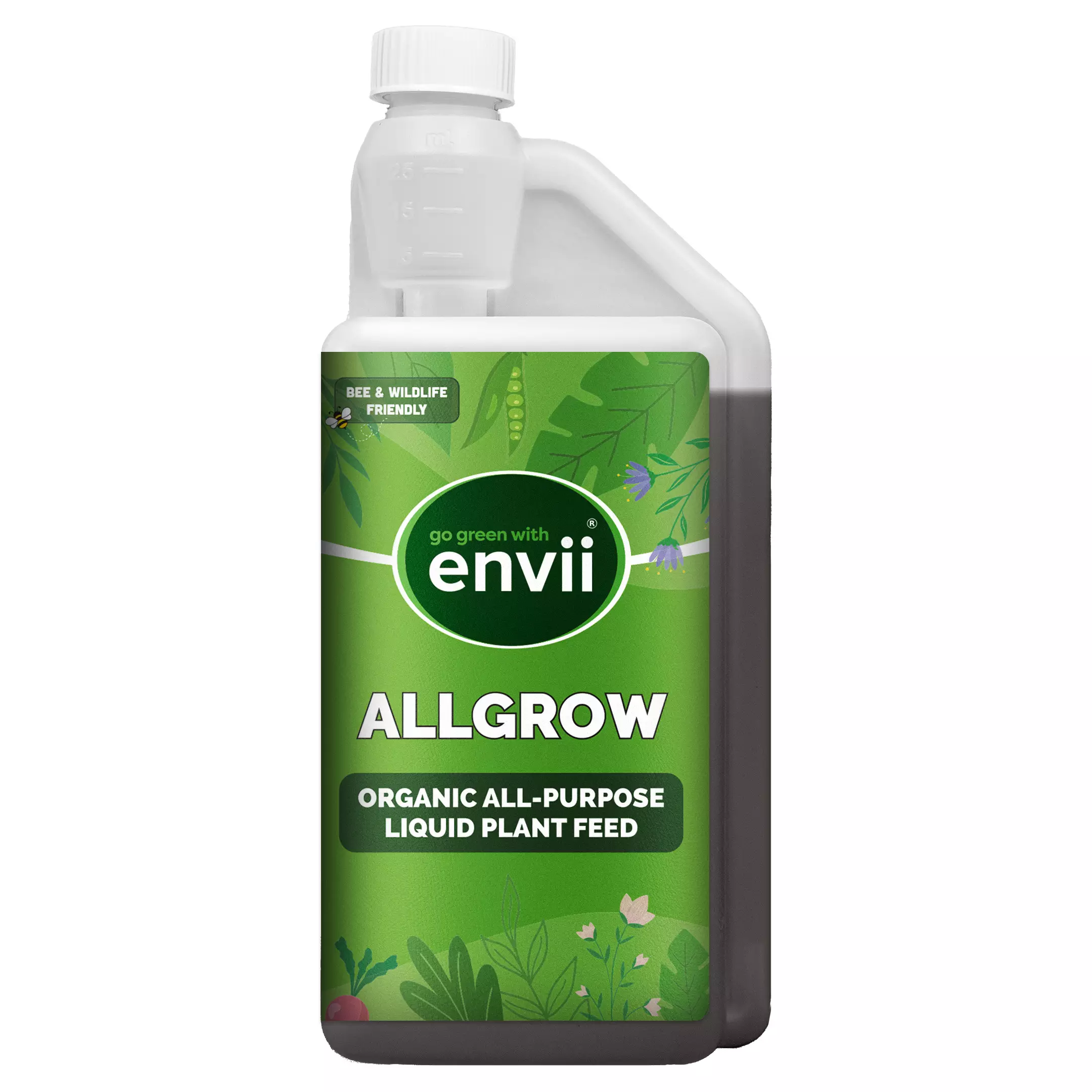Overwintering Geraniums: A Complete Guide
In this video, Dave explains everything you need to know about how to store geraniums over winter so that they flower again in Spring next year.
Featured Product

Prefer to read?
Here’s what Dave says in this video…
So it’s getting to that time of year when we need to prepare the geraniums for overwintering. So you need to do this before there’s a frost.
How to Remove Geraniums for Overwinter Storing
I’ve deliberately not watered them for a couple of weeks so that the compost is quite dry. So I’m basically just going to take the whole of the plant out of this little bed. You won’t need the soil, so you can just knock the soil off.
Just try not to damage the roots and we’ll explain a couple of different ways of overwintering geraniums. Just to keep them alive, ready for next spring. But the thing is to get them out before there’s a frost because the temperatures are going to drop this week. You can see that the leaves are turning colour. That’s a sign that they’re ready for overwintering.
How to Prepare Geraniums for Overwintering
So we’ve got the geraniums over to the table outside here. And what I want to do is strip all the discoloured leaves off. I’m going to strip all the flowers off because I don’t want them to flower now for the winter. I just want them to be resting. So all we do is just take each flower.
Even the ones that haven’t opened up, take all those off and they just clip off and they have like a nodule on the end of of the leaf stem where it joins the plant. And you can just turn them to one side and if they want it come off, they’ll just snap straight off. So any of the leaves that have gone brown and dry, they won’t they won’t come back. So you can just pick those off. They’ll come off easy enough. If you’ve got any really long roots, you can trim those off as well. So just snipping those off. And the other thing is as well, if you’ve got any dead growth, you really need to cut that off because that can harbour diseases and it might just spread into the plant while it’s dormant. So what I’m going to do is just take that off to there. It’s still a bit bit dry there, but it’s better than it was.
If you’ve got everything back to the green, you know, that’s living tissue. That’s all good and clean. See how you’ve got the dry bit there with like a hole in the middle. That’s where the infection can get in or disease can get in. So what you should do really just clip it off and then that’s healthy tissue that. So that’s not going to rot or anything, that will scab over. And that’ll be fine.
Then the next thing to do before you sort of put it to bed for winter is just to check that it’s not got any insects on it or any pests. You can take them inside into your house and put them on a cool windowsill. You don’t want them above a radiator. You just want a cool area where there’s ventilation. So just with a window open or something, just slightly open and they don’t like it too warm through the winter you want it to be between 12 and 18 degrees is fine. So that’s sort of 30 to 60 degrees in Fahrenheit.
Where to Store Geraniums for Overwintering
So there’s different ways of storing your geranium. You can put it upside down in a paper bag just tie the top and you can hang it up in the shed or something like that. But it has to be a paper bag, not plastic. Paper, keeps them dry, whereas in a plastic bag it might sweat. You don’t have to have them upside down. You can lay them flat, but paper bag is the most important thing.
Or you could put them in a cardboard box as well. As long as there’s some ventilation in it. With that method, what you need to do is every couple of weeks, open the bag, check there’s no mold or anything or disease on the plant. Remove any leaves coming off. If all the leaves fall off, don’t worry, it’ll still come back to life next spring. So even if every leaf comes off and it just looks like twigs if you like, you can pot it up next spring, water it, feed it and it’ll come back to life. I’m going to use a different method. So these are going to go into an unheated greenhouse, that we’re going to keep ventilated. So all I’ve got is a small pot, about 3 inches. Compost in the bottom. Bare rooted. It’s just going in there. And all I want to do is top that up with compost, gently firm it in.
Now that’s going to sit on a greenhouse bench on unheated greenhouse. So it’s going to be quite cool in there. I will give that just a little bit of water, but then it won’t get watered again probably till next spring when I want to come back to life. And so you just want it to be dormant. And again, check it every so often, remove any leaves dying again, if all the leaves fall off, don’t worry, it should come back to life.
Sometimes you might have some of these shoots that are quite long. Again, you could try and take cuttings off them or you can just cut it off, what you don’t want, especially if you’re overwintering geraniums through the whole season. You don’t want that to be rocking. And if it’s in a in a draft or anything, that can cause damage to a plant. And the thing with these is next year, we’ll take cuttings from the new growth. We probably won’t put these plants back in. We’ll take cuttings and use the cuttings as the new plant. So for each each one of these, this has got three shoots on. So once these shoots get to two or three inches long next spring, that’s when we’ll take the cuttings. And then we might discard the old plant. You don’t have to, but generally the new plants will flower better. And anything that you take off the plant, just put it into the compost bin.
This method, which is the one I prefer. The plant’s visible, it’s on your greenhouse bench. You can keep an eye on it. Once the weather starts to warm up in spring, it’ll naturally want to grow and you’ll be able to see that growth and you can start watering it and feeding it.
Related Products
-

Envii Activearth
£19.99Soil conditioner improves health & aeration of soil.Add to Basket -
 New in
New in
Envii Root Well
£9.99Organic blend of mycorrhizal fungi & bacteria, helps to improve nutrient uptake in plantsAdd to Basket -
 New in
New in
Envii Allgrow
£10.99Organic multi purpose plant feed for use on all plantsAdd to Basket

 Call us on 01246 240880
Call us on 01246 240880 Free 48hr Delivery
Free 48hr Delivery Sign-up and receive 10% off
Sign-up and receive 10% off